Is AI Art Art At All?
Art
/ärt/
Noun
The expression or application of human creative skill and imagination, typically in a visual form such as painting or sculpture; producing works to be appreciated primarily for their beauty or emotional power.
The advent of artificial intelligence in recent times has led to a variety of innovations in various fields, most notably mathematics and computer science. The most divisive of these innovations, however, is the birth and rapid growth of AI art— computer-generated images that are based on a prompt provided by a human user. Extensive debates as to whether AI art is true art have ensued, with convincing arguments on both sides. At the end of the day, however, AI art’s lack of authenticity and passion prevents it from being considered art in my eyes.
Most AI art generators work like this: You enter a text prompt of what you want to see created. Say, for example, a group of monkeys playing Poker. You could also upload an existing picture for the AI to use as a jumping-off point. After choosing your submission type, you hit “Generate” and wait a few minutes while the magic happens. The AI will produce an image based on your prompt or picture, free for you to download. Here’s an example I did use the free website Fotor.com:
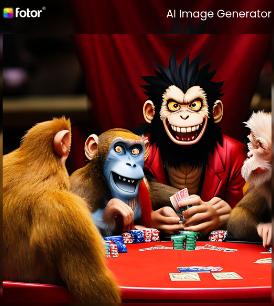
The prompt was “Monkeys playing poker around a red table.” Aside from the monkey on the left with its face cut off, and the uncanniness of the one on the right, it isn’t a bad piece. Of course, if I were using a higher quality software, the picture would no doubt be higher quality in turn, but that’s beside the point. I just generated a mostly original drawing using AI. So, is it art?
No, it can’t be. For it to be art, it must — at the very least — have a sentient creator. The question then becomes: who created this picture of monkeys playing poker around a red table? It can’t have been me — I had nothing to do with the actual process of creating the image. All I did was type a prompt into a little text box. It was my idea, sure, but the product isn’t mine. So whose is it? The only other party involved in the image’s production was the computer. But Fotor’s software isn’t sentient, and by extension, it’s incapable of any sort of true self-expression, the essence of art. Ergo, art it is not.
To be perfectly clear, I don’t believe there’s anything inherently wrong with AI art. Most typically, the art produced by the AI will be original (and pleasing to look at), and I’ve never been a fan of the argument that AI “steals” art from real artists. After all, people mimic each other’s art all the time, and that’s perfectly fine. One of the most prominent attributes of many artists is their tendency to build upon what other artists have already done. However, the issue arises when AI art is given precedence over true art.
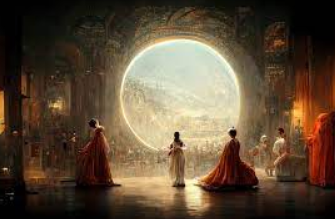
The piece above is titled “Théâtre D’opéra Spatial”, and in September 2022, it won first place in the digital category at the Colorado State Fair’s art contest. Despite the piece’s undeniable allure, no real craftsmanship went into its creation. The owner of the digital painting, Jason M. Allen, has nothing to do with the painting except for the prompt that he typed into Midjourney.com. Artists worldwide were understandably upset. The painting is essentially meaningless, an amalgamation of pixels and colors compiled by a subscription-based computer algorithm. To have an empty piece like this win over true art that was created by real artists with real effort is a travesty and an injustice.
Art has always been a uniquely human pursuit, which is a big reason why it’s so appealing to people. AI art lacks the soul — the emotional depth — that is the hallmark of human expression. Art is a vital component of human culture, and it has always been a vehicle through which we explore our own innermost thoughts and emotions. From a technical standpoint, AI art may appear sophisticated and impressive, but it will (hopefully) never be able to replace the raw passion and emotion that human art routinely presents. Instead of granting accolades and recognition to soulless digital creations, we should really be celebrating true creativity and the enrichment it brings to our lives.
Your donation will support the student journalists of Enloe Magnet High School, allowing us to cover our annual website costs. We are extremely grateful for any contribution, big or small!
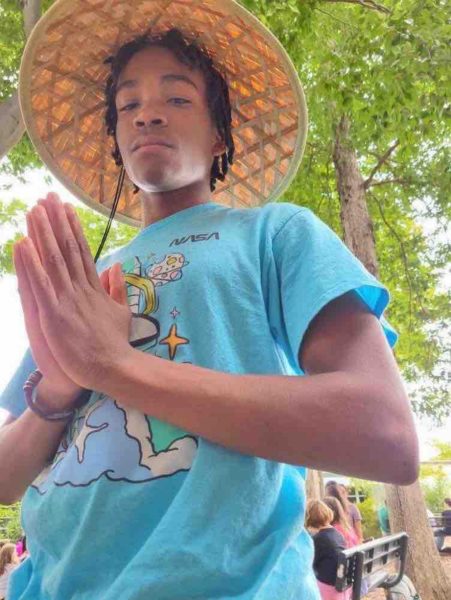
(He/him)
Nelson is a senior looking forward to another year as a part of the Eagle's Eye. When he's not hanging out with friends and family, he can...


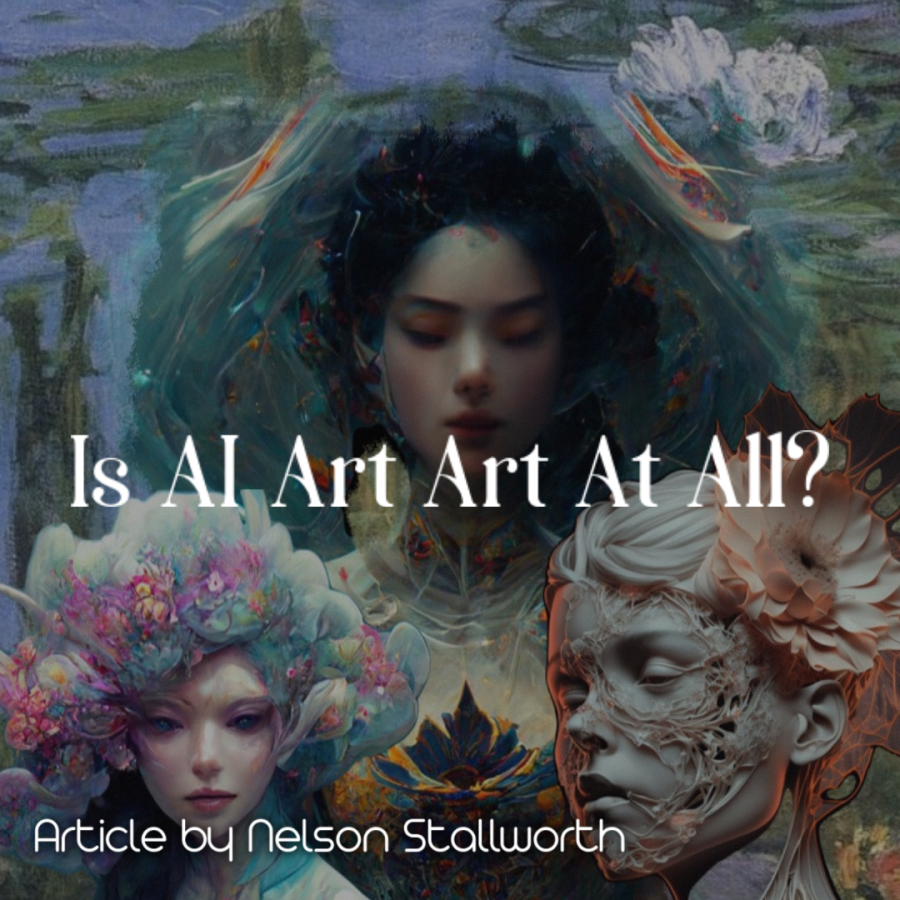
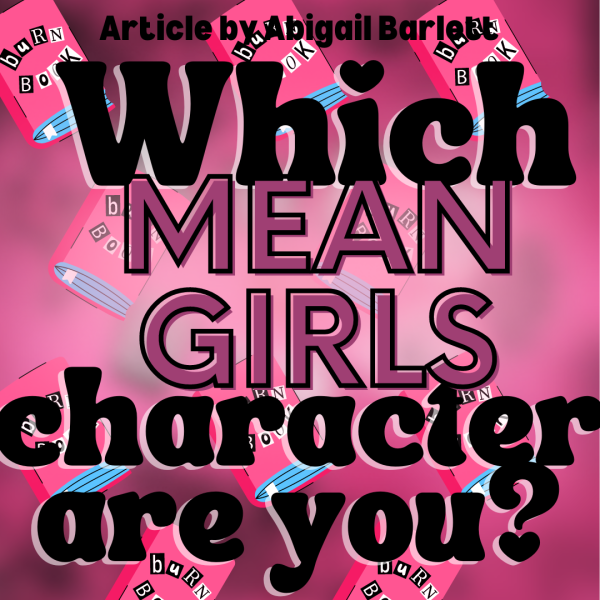


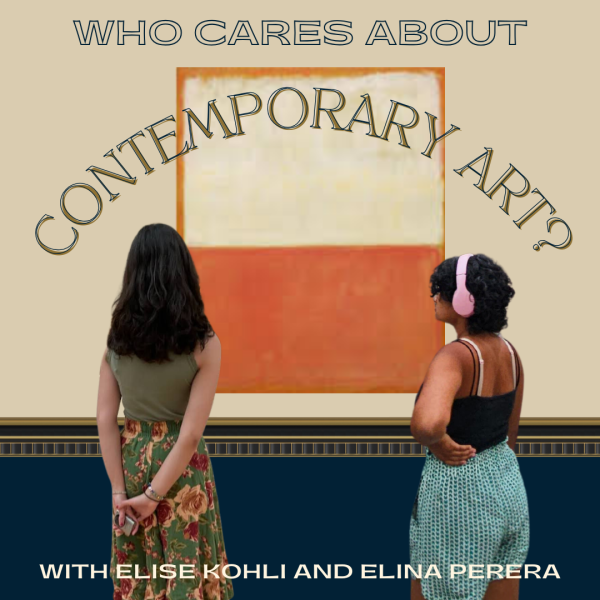

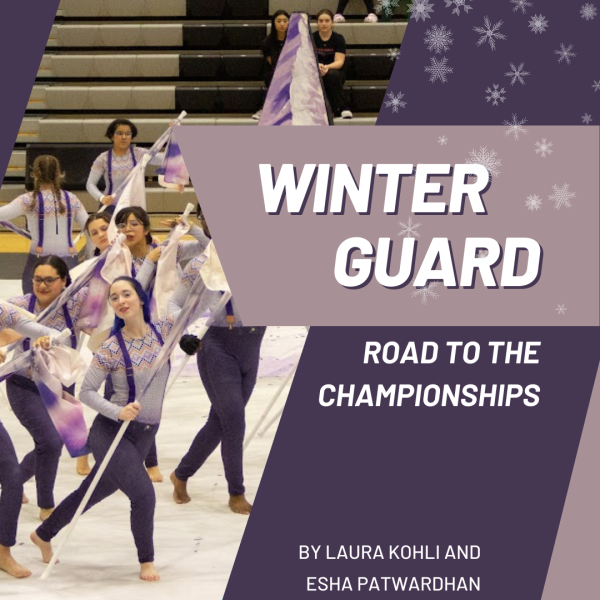


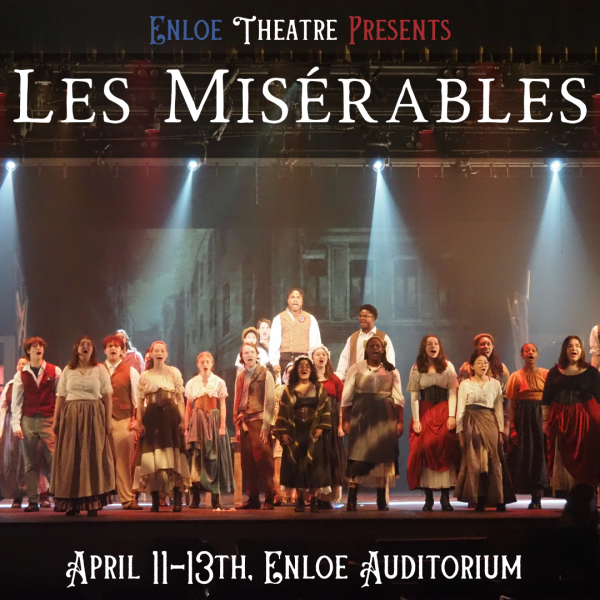

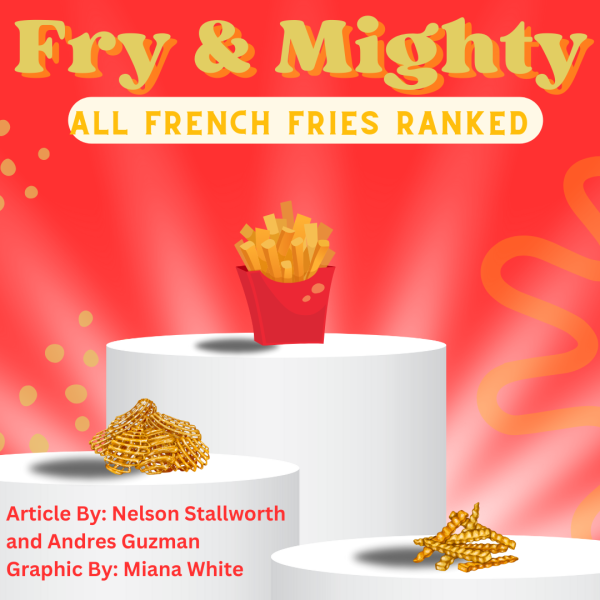

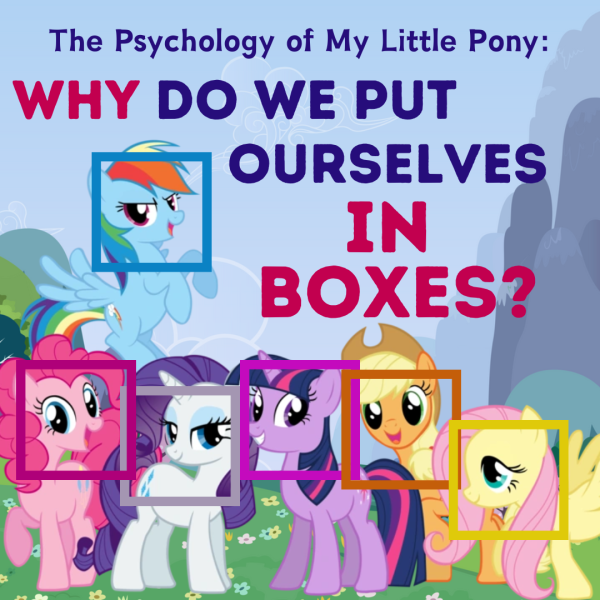
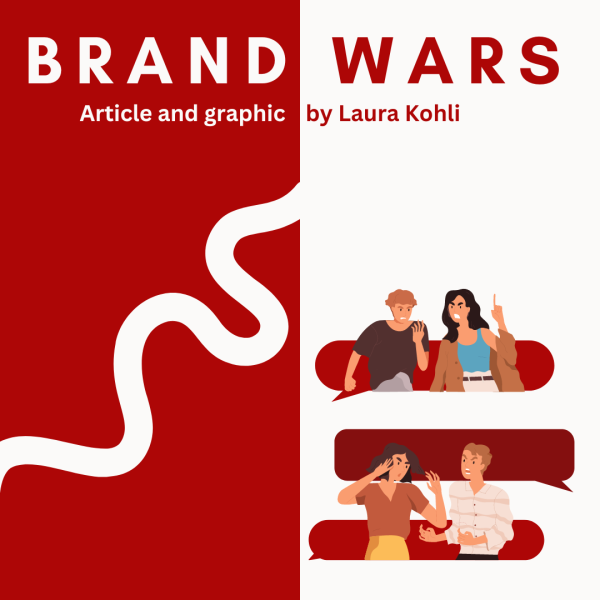

Ozie • Mar 20, 2023 at 8:06 AM
Outstanding thought provoking piece!